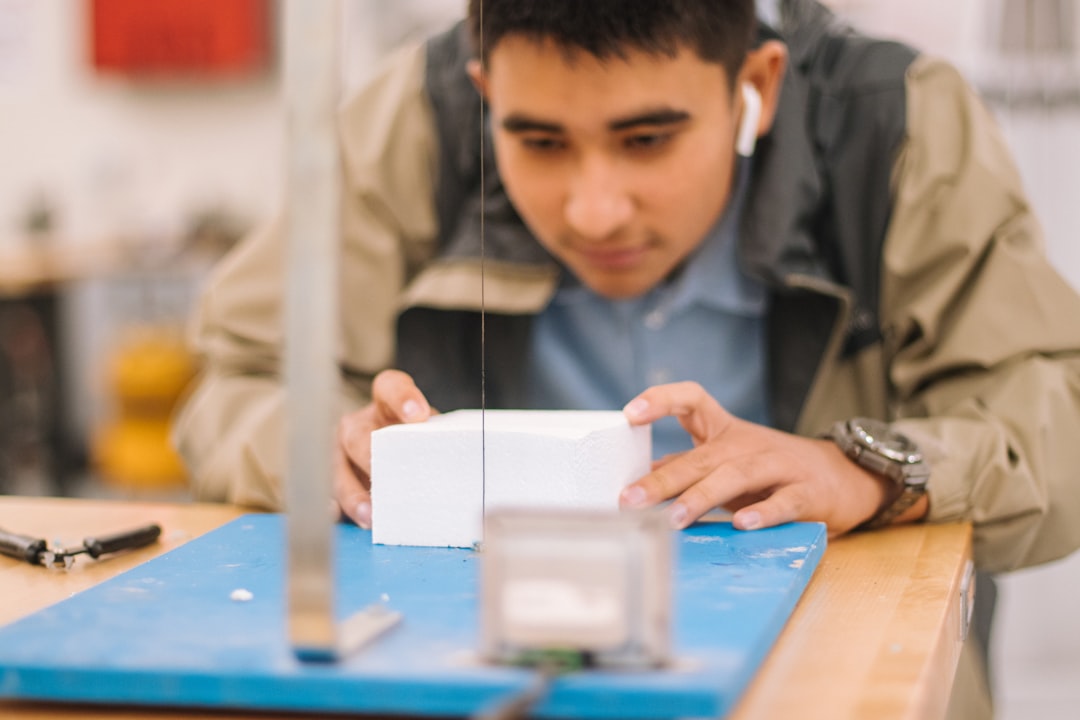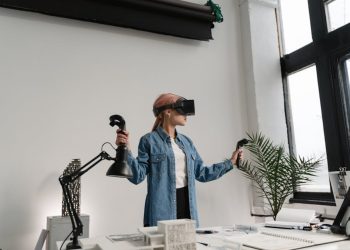No products in the cart.
The Rise of 3D Printing in Classrooms: A Catalyst for Future Innovators
The classroom 3D printing market is on track to double by 2032, reshaping education and career prospects for the next generation. Dive into the transformative power of this technology.
In the buzzing corridors of modern classrooms, a revolution is quietly unfolding. The classroom 3D printing market is projected to double by 2032, a trend driven by the confluence of STEM education and cutting-edge EdTech innovation. But what does this mean for the future workforce?
Imagine a classroom where students are not just passive recipients of knowledge but active creators. With 3D printers humming in the background, students can turn their ideas into tangible products. It’s a shift that not only fosters creativity but also equips young minds with essential skills for tomorrow’s job market.

According to a recent report from market research firm XYZ Insights, the classroom 3D printing market was valued at approximately $1 billion in 2023, with estimations suggesting it could soar to $2 billion by 2032 [1]. This growth reflects a broader trend in education, where hands-on learning is becoming paramount. As schools increasingly adopt technology, the emphasis is shifting from rote memorization to critical thinking and problem-solving.
This shift is not merely about having shiny machines in the classroom; it’s about transforming the educational landscape. Educators are recognizing that 3D printing can serve as a powerful tool for interdisciplinary learning. For example, a project that involves designing a prototype for a sustainable product can incorporate principles of engineering, environmental science, and design.
Additionally, educators must adapt their teaching methods to incorporate this technology effectively.
Take the case of Oakridge High School in California. Here, students have transformed their physics lessons into real-world applications through 3D printing. Instead of just studying the laws of motion, they design and print prototypes of their own inventions, testing them in real-time. This practical application not only cements their understanding but also ignites a passion for innovation.
However, the rise of 3D printing in education is not without challenges. Schools face budget constraints, and the initial cost of 3D printers, materials, and training can be prohibitive. Additionally, educators must adapt their teaching methods to incorporate this technology effectively. As with any tool, the impact of 3D printing on learning depends largely on how it is integrated into the curriculum.
Moreover, there’s the question of accessibility. In a world where technology often exacerbates inequalities, ensuring that all students have access to 3D printing technology is crucial. Schools in affluent areas may thrive, while those in underfunded districts lag behind. This digital divide could perpetuate existing disparities in educational opportunities.
To mitigate these issues, some initiatives are emerging. Nonprofits like 3D Print My School are working to provide under-resourced schools with 3D printing technology and training. Their mission is clear: to democratize access to innovation and ensure that every student has the opportunity to become a creator, not just a consumer of technology.
As we look to the future, the implications of this technological shift are profound. According to a 2023 report by the World Economic Forum, 85 million jobs may be displaced by technology by 2025, while 97 million new roles could emerge, particularly in fields requiring advanced skills [2]. The question remains: will today’s students be prepared for this new workforce?
3D printing can play a pivotal role in bridging this gap. By fostering skills like creativity, collaboration, and critical thinking, it equips students to navigate the complexities of a rapidly changing job market. It’s not just about learning to use a printer; it’s about cultivating a mindset geared towards innovation and problem-solving.
By fostering skills like creativity, collaboration, and critical thinking, it equips students to navigate the complexities of a rapidly changing job market.
Furthermore, companies are already recognizing the value of these skills. In a recent survey by LinkedIn, 54% of hiring managers stated they prioritize candidates with strong creative problem-solving abilities [3]. This trend highlights the importance of equipping students with the tools to think outside the box and approach challenges from multiple angles.
The potential for 3D printing to influence career paths is immense. Students who engage with this technology are not just learning how to design and print objects; they are developing a portfolio of skills that will make them competitive in fields like engineering, product design, and even entrepreneurship.
In conclusion, the doubling of the classroom 3D printing market by 2032 signals a significant shift in educational practices and career readiness. As schools embrace this technology, they must also address the challenges of accessibility and integration to ensure that all students can benefit. The future belongs to those who can innovate, and through 3D printing, we may just be laying the foundation for the next generation of creators and leaders.











